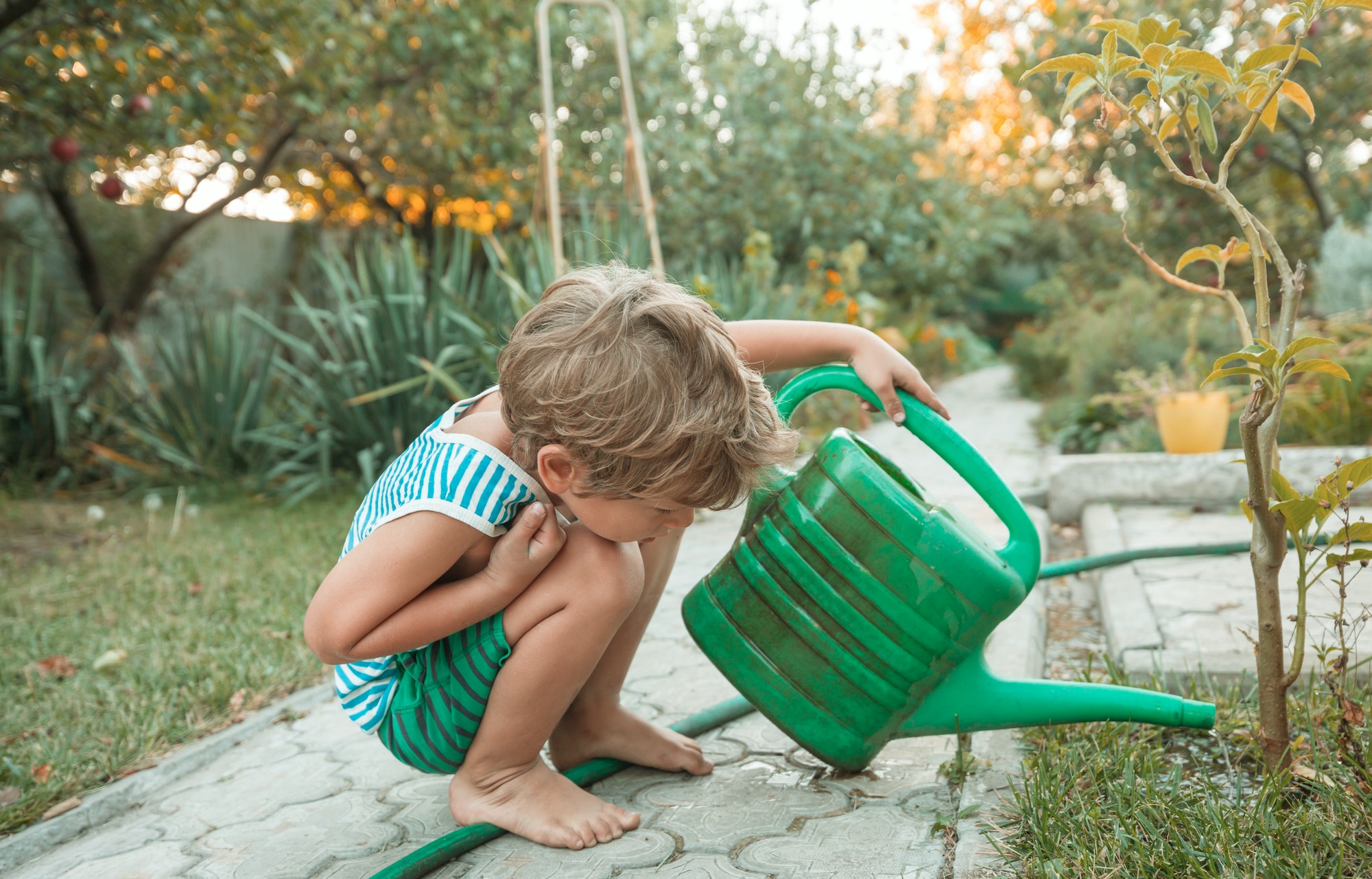When it comes to watering garden plants, the best time to irrigate is at night. Because the temperature is cooler at night, you can reduce water evaporation and prevent disease by only watering plants when dew forms on leaves. Watering the soil early in the morning also encourages water conservation, which is good for your wallet. To keep your plants well watered, use drip irrigation or trickle irrigation techniques. These methods allow you to gradually water your garden plants, which saves water.
If you want to plant vegetables but have limited space, choose those that produce high yields. However, if you have lots of room, you can plant some unusual or expensive vegetables, like pumpkin, squash, and corn. Depending on the size of your garden, you can even plant seeds for vegetables you’ve never heard of before. Just make sure to keep the distance between plants long enough. If you have a green thumb, you may also want to consider planting broccoli as seedlings.
Helianthus hybrids are great for vertical plantings. They can be used as a living screen, as they grow to three feet high. These plants do well in poor soil, too. You can plant up to 16 plants per square. And they make great cut flowers. The best part is they attract bees! So, if you are looking for a new vegetable to grow, consider trying one of these varieties. You’ll be glad you did.
You can also try growing vegetables in filtered or partial shade. Vegetables grown in filtered shade can tolerate a lot of shade. Choose plants with edible stems and roots. Other plants with flowers or fruit require more light than vegetables grown in partial or high shade. To grow these plants in filtered or full shade, make sure you check the light requirements of your vegetables and choose your plants wisely. This way, you’ll be able to harvest the most from your garden, which means more delicious meals.
To avoid overplanting, choose plants with similar maturity dates. Leaf lettuce, beets, radishes, carrots, spinach, and turnips are excellent examples of these vegetables. You should begin thinning them when they have two pairs of true leaves. The best time to thin plants is in the evening, when there is enough dark shade for them to recover. If you have any leftover seedlings, try to eat them!
While there is no universal rule about planting vegetables, you can try interplanting different plants in the same bed. You can also grow cucumbers, potatoes, and corn in a raised bed in your front yard or a container on your patio. You can also plant some vegetables indoors, such as microgreens and Swiss chard. If you don’t have the space for a full vegetable garden, you can grow them in containers in your kitchen.
When it comes to vegetables, remember that most of them are annuals. That means they reach maturity in one growing season. Therefore, you should choose the plants that thrive best during the respective seasons. For instance, cool-season annuals do best in spring, fall, or summer months. Vegetables that thrive in cool seasons are beets, Brussels sprouts, cabbage, kale, turnips, and beets.
